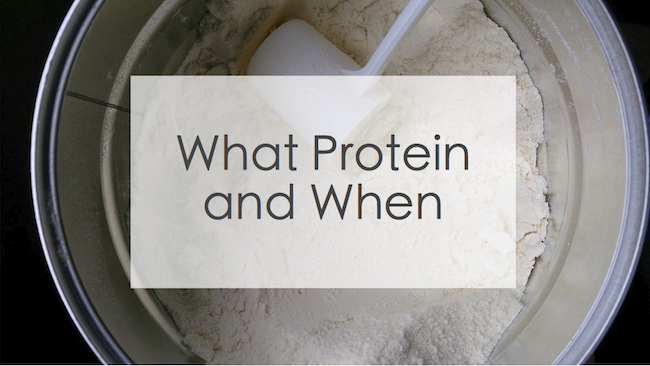This shirt just reminded me of the age old issue so many of us have with breathing. Sure, it is super important and one of the simplest things to do- I mean babies literally excel at it. But, so many people (myself included) forget to breath while working out. Then, there is the small, but prominent debate about when to breathe and how. Knowing the when and how of breathing and memorizing it while trying to do that super difficult exercise move is enough to make anyone turn red in the face... Or blue depending on when their last breath was...
One of the biggest things that has helped me remember to breathe while working out has been yoga. Now, before you roll your eyes, let me explain. It is not the ohms of yoga or the meditation that has helped me learn to breathe, it is the constant reminder of when to inhale and exhale and how long each should be. If only Jillian Michaels and Tracy Anderson would add that to their fitness script, we would be set. Since they do not, I will let you in on a some tricks that help me to remember breathing when all I want to do is lay unconscious on the floor.
Cardio Workouts
Endurance workouts like running and walking can have a much different breathing cadence than, say, yoga or Tabata workouts. These will also have a bit different style of breathing. For starters, it is best when running or walking to try and breathe through the nose. When we breathe through the nose we are able to absorb more CO2 and decrease the allergens getting into our system. A good rule-of-thumb is to try not exert so much energy during endurance activities that you need to morph into a mouth breather.
As for when to breathe- a good ration is one breath for every two steps. So, two steps and inhale, then two steps and exhale. This cadence will take unneeded weight off the diaphragm and should match-up pretty well with your resting rate. A good way to remember this is that you are either starting an inhale or an exhale whenever your right foot hits the ground.
Breathing through the nose and taking longer breathes may be harder at first, but when you get into a pattern of it, there is a pretty high chance you will be able to run for longer and have more energy left over when you are done.
Strength Exercises
For this kind of exercise almost everyone already knows how to breathe- exhaling at the exertions. This means that when you are lifting up from a squat or kicking that leg out, you should be exhaling. Inhaling tends to be the harder one to do and that should be done when your body is being tasked the least. There is no easy way to remember this other than simply counting your breaths.
Very few strength exercises are meant to be fast paced. In fact, most should take about 5 seconds to complete. The way that I remember to do the exercise right and to breath is by counting to four on the inhale and the exhale. It keeps breathing fresh in my mind and also reminds me not to breeze through those tougher movements.
If you are also having to count sets while counting breaths, just you use 1,2,3- 2,2,3 method when counting. You will be able to keep track of sets and air supply all at once!
Yoga, Pilates, and the Like
Any good yogi knows how important exhaling is to clear that stale air out of the lungs. And any good Pilates lover or Yoga enthusiast also knows that the breathing for these two is completely different. So, why then were they put into the same category? Simple. These types of workouts are focused on breathing but we can still forget the basics when the posing gets tough.
If you ever realize that you cannot remember your last exhale, best to back it up and keep things simple. Workouts like yoga and Pilates use breathing as the basis. If we are forgetting to breathe it is probably because we are asking our bodies for more than they can do. Take a minute, find your breath, and start it all up again.
Breathing should consist of a 4-6 second inhale followed by a 5-7 second exhale. Counting this out can be much easier in a yoga or Pilates class and help take our minds off of the eternity that we have been holding Warrior II for.



